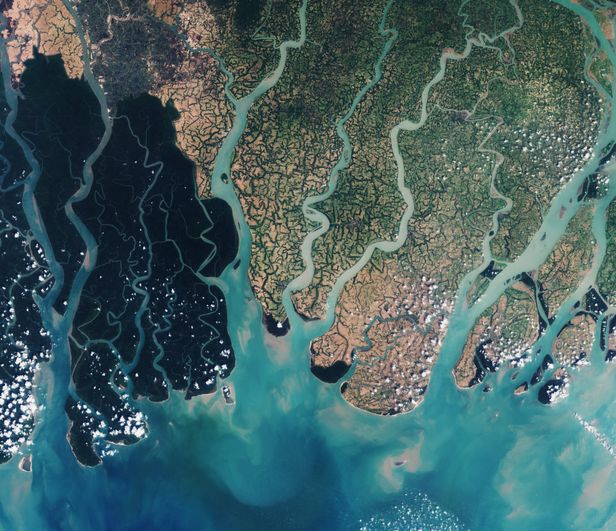on a journey to one of the most important ecosystems on earth
The Sundarbans are a remarkable example of the beauty and diversity of nature on our planet. At the same time, they provide a living space for five million people on the Indian side. Their protection requires comprehensive cooperation so that this unique ecosystem is preserved for future generations.
The Sundarbans are a fascinating ecosystem that stretches along the coast of Bangladesh and India. Covering an area of more than 10,000 square kilometers, they offer a unique and diverse environment that is of great importance to both wildlife and people.
Despite their great importance, the Sundarbans are largely unknown in Germany.
The Sundarbans are of great economic importance to the local population. Many of the approximately 5 million people on the Indian side live from fishing and agriculture. Over the centuries, they have developed a unique connection to this ecosystem and have traditions and customs that are closely linked to the nature and animals of the Sundarbans.
But they also live under constant threat from the effects of climate change and often on the brink of subsistence.
The Sundarbans are known for their dense mangrove forests, which play an important role both globally and locally: They store more CO₂ than trees on land, filter water, are an important habitat for fish, crabs and other animals and protect the coasts from flooding.
The Sundarbans are also home to a variety of animal species, including the Bengal tiger, which is considered the national animal of India and Bangladesh. In addition to the tigers, the park is also home to various species of monkeys, reptiles, birds and river dolphins.







